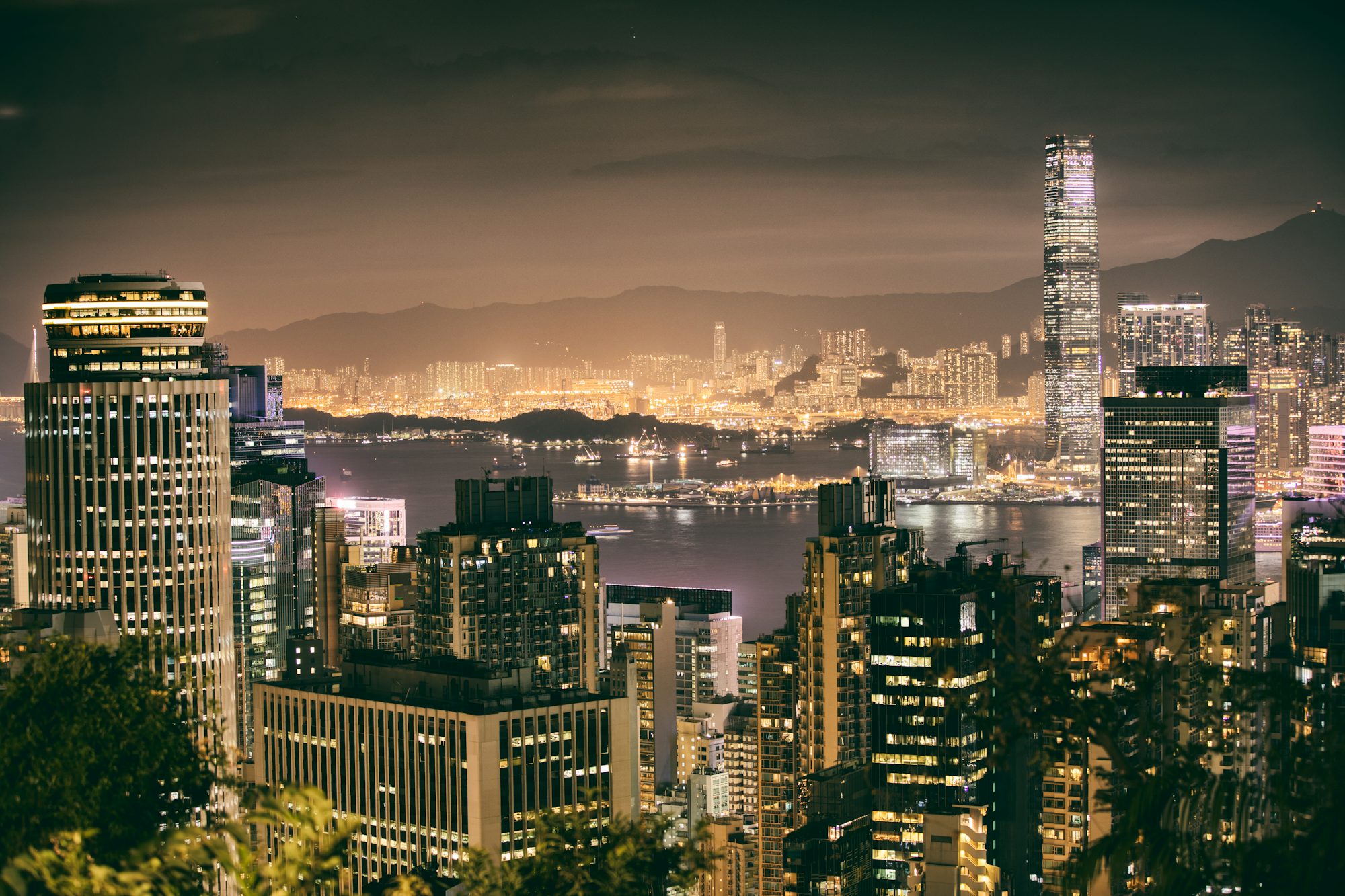
The Architectural Renaissance: Skyscrapers Shaping Tomorrow's Cities
This article explores the architectural renaissance brought about by skyscrapers, focusing on their role in urban design, sustainability, and community enhancement.Historically, skyscrapers have been symbols of ambition and economic progress. Their striking silhouettes dominate skylines, representing the aspirations of cities to reach new heights. The late 19th century marked the beginning of this transformation, with iconic buildings like the Home Insurance Building in Chicago, recognized as the first steel-framed skyscraper. Since then, skyscrapers have evolved from simple structures into complex environments that foster human connection, sustainability, and innovative living.
In contemporary architecture, the emphasis on sustainability has become paramount. Modern skyscrapers incorporate green building practices, reducing their environmental impact while enhancing the quality of life for their inhabitants. For instance, the design of the One World Trade Center in New York City integrates energy-efficient technologies, such as triple-glazed glass and advanced insulation systems, significantly lowering energy consumption. Furthermore, the building's design includes features like rainwater harvesting systems, which contribute to its overall sustainability, making it a benchmark for future developments.
The integration of nature into skyscraper design is another defining trend. Biophilic design, which emphasizes the connection between humans and nature, is increasingly being adopted in urban environments. Skyscrapers like the Bosco Verticale in Milan showcase vertical gardens that not only enhance aesthetic appeal but also improve air quality and provide habitats for urban wildlife. Such initiatives illustrate how skyscrapers can contribute positively to urban ecosystems, promoting biodiversity while offering residents a sense of tranquility amidst the urban hustle.
Another crucial aspect of modern skyscrapers is their role in fostering community engagement. Mixed-use developments within these structures allow for the integration of residential, commercial, and recreational spaces, creating vibrant neighborhoods where people can live, work, and socialize. The Hudson Yards project in New York City serves as a prime example, combining luxury apartments, shopping centers, and public parks. This type of design encourages pedestrian activity, reduces reliance on cars, and fosters a sense of community among residents and visitors alike.
Additionally, skyscrapers can play a vital role in urban revitalization. As cities seek to rejuvenate neglected areas, the construction of skyscrapers can act as a catalyst for economic development. The Salesforce Tower in San Francisco not only serves as a workspace for tech companies but also stimulates local businesses and attracts visitors to the area. By creating a focal point within a community, skyscrapers can breathe new life into struggling neighborhoods, driving economic growth and enhancing local culture.
As cities face the challenges of climate change, the resilience of skyscrapers becomes increasingly important. Innovative architectural designs that prioritize durability and adaptability can help cities withstand extreme weather events and changing demographics. For example, the Marina Bay Sands in Singapore showcases an integrated approach to resilience, combining effective stormwater management systems with green roofs and energy-efficient technologies. Such developments demonstrate how skyscrapers can be designed to respond to the challenges posed by climate change, ensuring their longevity and relevance in the urban landscape.
The technological advancements of the 21st century have also significantly influenced skyscraper design. The incorporation of smart technologies allows for enhanced building management, optimizing energy use and improving occupant comfort. Smart sensors can monitor air quality, lighting, and temperature, automatically adjusting systems for maximum efficiency. For instance, the Edge in Amsterdam is considered one of the smartest buildings in the world, utilizing advanced technology to create a sustainable and comfortable environment for its users.
Looking ahead, the future of skyscrapers will likely be characterized by continued innovation and a deeper focus on community well-being. As urban populations grow, the demand for affordable housing and accessible amenities will become increasingly pressing. Developers will need to prioritize inclusivity in their designs, ensuring that skyscrapers cater to diverse communities and provide equitable access to resources and opportunities.
Moreover, the trend towards creating flexible spaces within skyscrapers is set to continue. As work and lifestyle patterns evolve, the ability to adapt spaces for various uses will be essential. This flexibility can accommodate changing needs, such as remote work or co-living arrangements, making skyscrapers relevant in a rapidly changing urban landscape. Projects like the Elbphilharmonie in Hamburg highlight the importance of multifunctional spaces, where cultural, residential, and commercial elements coexist, fostering a vibrant urban environment.
In conclusion, the architectural renaissance of skyscrapers represents a transformative force in urban design. As symbols of sustainability, community engagement, and technological innovation, these structures are reshaping our cities for a better future. By embracing green technologies, fostering mixed-use developments, and prioritizing community well-being, skyscrapers have the potential to enhance urban living while addressing the pressing challenges of our time. As we look to the future, the evolution of skyscrapers will undoubtedly play a crucial role in creating resilient, inclusive, and vibrant urban landscapes that thrive in harmony with their surroundings.